Introduction
Vallor outlines twelve virtues necessary for flourishing in a rapidly changing technological world. In society today, the advantage and drawback is that we are increasingly connected. While global interconnectedness enables better communication, it also has meant that technology has evolved faster than humans, meaning that there is an urgent need for reassessment of our moral framework to live well among others and as individuals. Thus, Vallor has introduced these twelve virtues to guide moral development in the technomoral world. In my project, I explore examples of these twelve virtues using examples in popular media, particularly the Barbie and Marvel movies. The Barbie movies are an excellent example of these virtues given that each movie has a primary lesson catered towards young children who are learning to cultivate their virtues.
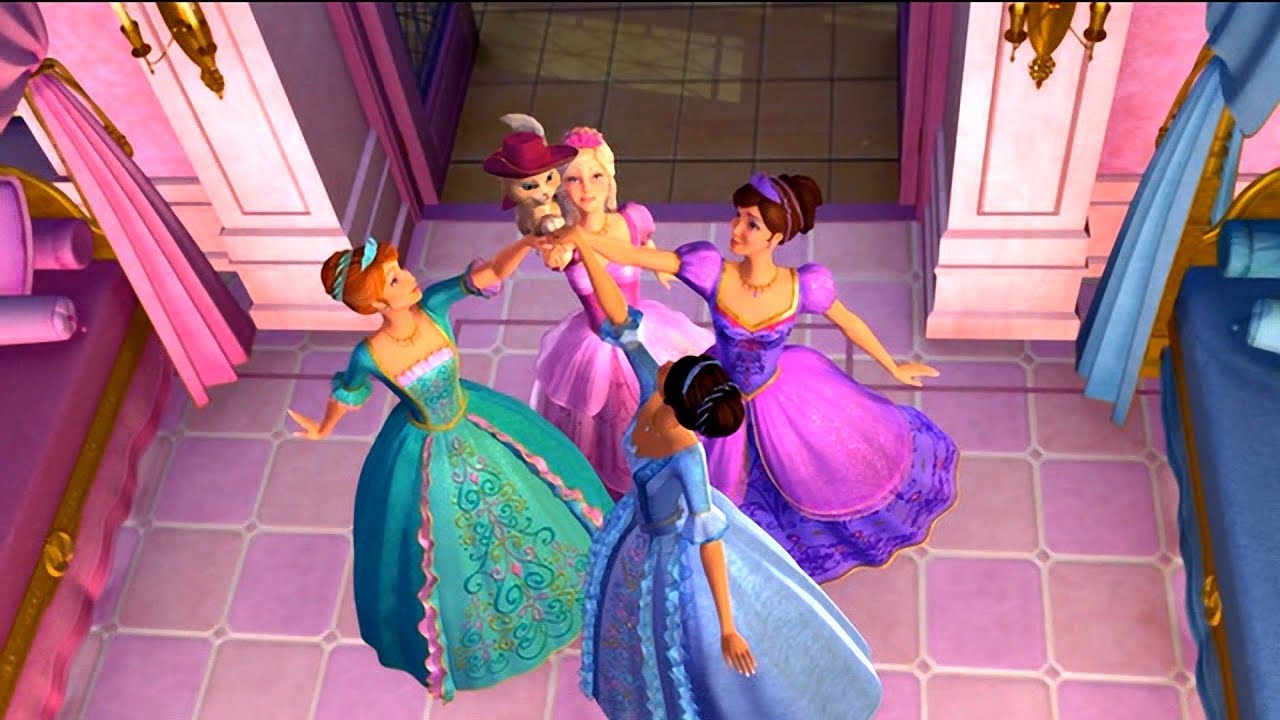
Honesty
Vallor defines honesty as respect for the truth, particularly for communicating the truth appropriately and morally. In Barbie and the Three Musketeers, Barbie is determined to become a musketeer. This proves difficult for Barbie given her low income background and that it was uncommon for women to become musketeers. Despite this, she remained true to her identity, and she was honest and intentional about her background. Because of this, she was able to meet friends with the same goal, which eventually led to her becoming a musketeer along with her friends. As a Tumblr user stated, “Nothing embodies love, friendship, loyalty, honesty and the belief in a more liveable world better than Barbie” (Tumblr User, 2017). Evidently, honesty and truth in respect to those around her is what led Barbie to be a royal musketeer.
Image Source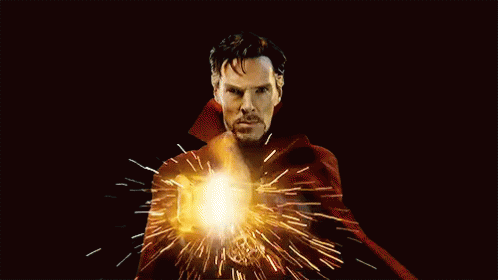
Self-Control
Vallor views self-control as the ability to consistently align one’s desires with the good, suggesting the importance of cultivating one’s desires to learn towards the good. An example of this is Dr. Strange’s character in the movie Doctor Strange. Initially, Dr. Strange is arrogant, selfish, and generally a disagreeable person. Yet, after trying to heal his broken hand from a car accident, he is forced to prioritize the greater good over his own personal gain, defeating the villain using a time-altering stone. By the end, Dr. Strange shows sincere self-control by resisting the temptation to exploit his power for selfish reasons, instead focusing on saving Earth from destruction. Vallor’s idea of reflecting upon and improving one’s desires to align with the good is reflected here, where Dr. Strange’s desires and behaviors were eventually shaped by the need to serve a greater good.
Image Source
Humility
Vallor’s understanding of humility is to recognize one’s limits in regards to their abilities or knowledge. Consider Spiderman: Homecoming, where Peter Parker is set on proving himself as a hero, despite his mentor, Tony Stark, repeatedly warning Parker that he is not ready for the “big heroes.” Parker, as a young and rookie hero, tries to redeem himself by defeating the enemy, but he fails miserably, leading Stark to restrict his superpowers. He eventually learns the “Not the easy ‘I’m just a guy trying my best; success is a blessing kind of humility’, but the hard ‘Maybe it’s time to scale back my dreams’ kind” (Civico, 2017). Eventually by embracing his shortcomings and cultivating the virtue of humility, Parker becomes a better and more responsible hero.
Image Source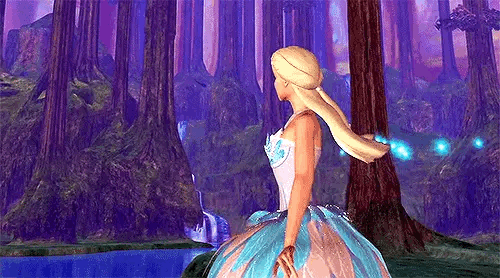
Justice
Vallor takes justice to encompass fairness, equity, and protecting the rights of individuals and groups. In Barbie in Swan Lake, Barbie’s character Odette falls under evil queen Rothbart’s dark magic, turning her and her friends into swans so that Rothbart could maintain control over the kingdom. Eventually, Odette’s love for those around her led Rothbart to be consumed by the very powers she used to harm Odette, leading her to become a clock eternally. “She demonstrates bravery, righteousness and justice in standing for what is right and finding clever ways to defeat them” (Patrick, 2020), highlights her commitment to fairness and the protection of those who cannot defend themselves.
Image Source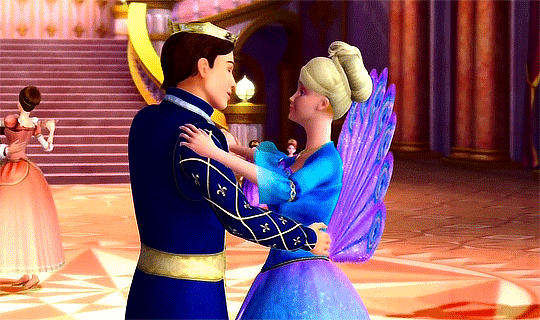
Courage
Courage by Vallor means finding the balance between perseverance and patients, or cowardice and rashness. It involves intentional fear, and the willingness to take risks or make sacrifices for the greater well-being of others. In Barbie as the Island Princess, the character Ro embodies courage as she navigates the challenges of being alone in a new place while also defending her loved ones. A notable moment occurs when Ro saves Antonio, her love interest, when “Ro demonstrates her bravery by saving Antonio from a perilous encounter with a crocodile" (IMDb, 2007). By Vallor’s account, Ro’s character displays perseverance by the right motive while having the willingness to sacrifice her own safety for someone else. Her journey reinforces the idea that true courage involves thoughtful action despite having fear.
Image Source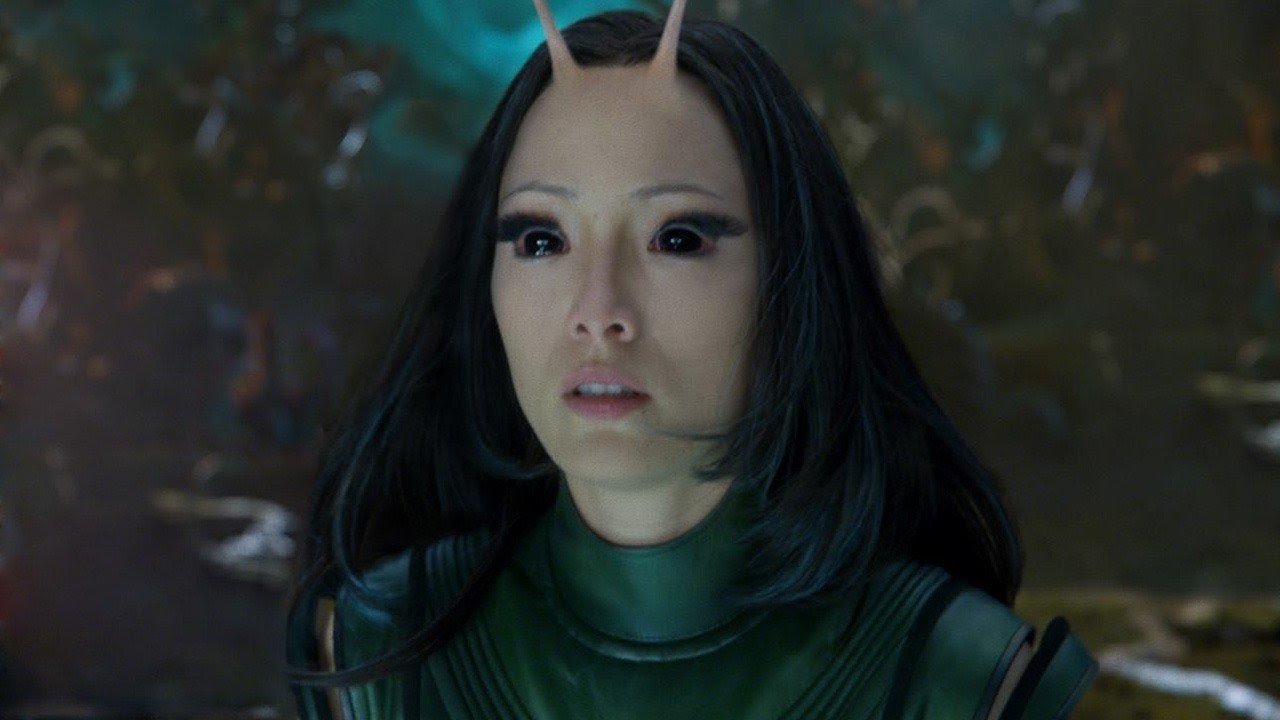
Empathy
In Shannon Vallor’s understanding, empathy is defined as co-feeling, emphasizing the importance of sharing and understanding the emotions of others. Mantis from Guardians of the Galaxy Vol. 2. possesses the ability to sense and influence the emotions of others, which she uses to help her fellow superheroes navigate their feelings. “Her power is empathy, which she uses to sense people’s emotions and control them, but empathy isn’t just her ability, it’s her whole personality” (Kaur, 2023). As Vallor’s definition of an empathetic person outlines, Mantis is the embodiment of this virtue, allowing her to share deeper connections with her colleagues and even her enemies, helping others confront their fears and insecurities.
Image Source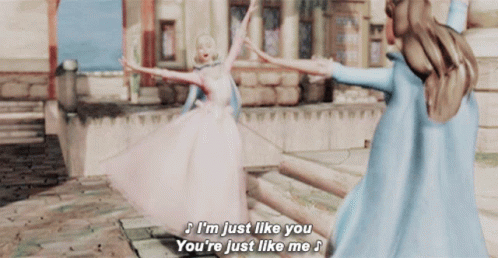
Care
Vallor defines care as meeting the needs of those around us, emphasizing the importance of compassion and responsibility in our relationships with others. In Barbie: The Princess and the Pauper, an identical princess and a pauper switch places and work together to save their kingdom from an evil villain. Princess Anneliese, having experienced poverty firsthand, “feels empathy for the poor of Dulcinea and has created several new policies that give them more money” (Dulce, 2024) Anneliese’s love for service to those around her perfectly aligns with the virtue of care, given that she works actively to meet the needs of those around her. Further, the connection between the princess and the pauper is perhaps meant to suggest a greater common cause that transcends socioeconomic bounds, particularly the universality of wanting to love and care for others.
Image Source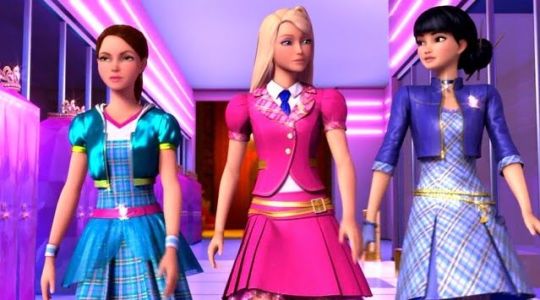
Civility
Civility is defined as a disposition to live well with others and to make common cause, emphasizing respect, kindness, and cooperation in our interactions. In Barbie: Princess Charm School, Barbie stars as Blair, a common girl who receives an invitation to attend a prestigious academy for princesses. Alongside her new friends, she learns important lessons about friendship, bravery, and the true meaning of being a princess while uncovering a plot against the royal family. Throughout their training, the girls must navigate conflicts and work together, demonstrating civility by supporting one another and building relationships based on trust and mutual respect. As they become true princesses, they discover that civility is not merely about appearances but about fostering genuine connections and community spirit. This narrative reinforces Vallor’s definition, highlighting how civility can transform individuals and create a more cohesive and compassionate society. The movie closes with a quote “There is a princess in every girl,” reflecting the idea of a common cause and everyone’s ability to be a good and kind leader.
Image Source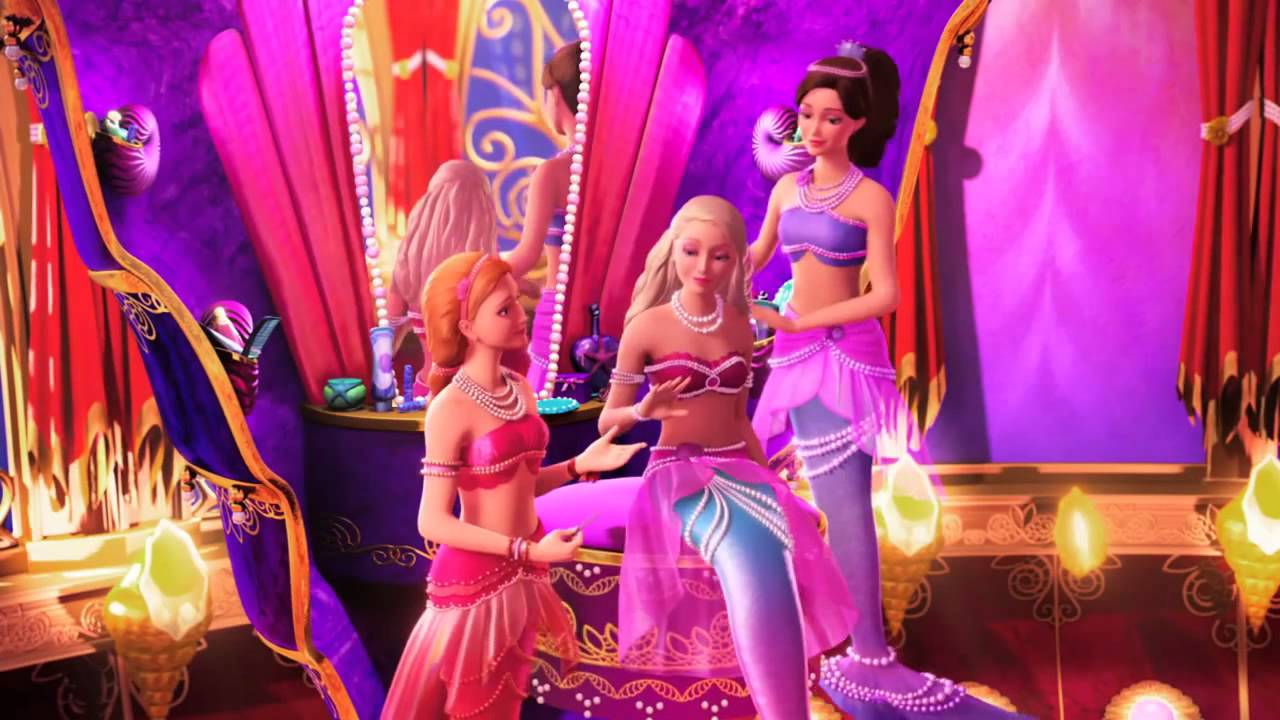
Flexbility
Vallor views flexibility as skillful adaptation to change and the ability to be flexible towards new or uncomfortable truths. In Barbie: The Pearl Princess, Barbie stars as Lumina, a regular teenage girl from Malibu, who then learns that she is a mermaid with a unique ability to create pearls. As she discovers her unique abilities to control water and pearls, Lumina must adapt to her new identity and the responsibilities that come with it. Her growth illustrates Vallor's definition of flexibility, as she learns to navigate her dual life with grace and determination. Lumina’s ability to embrace change not only empowers her, but also highlights the importance of flexibility in overcoming obstacles, intentionally adapting to change, and achieving one’s true potential.
Image Source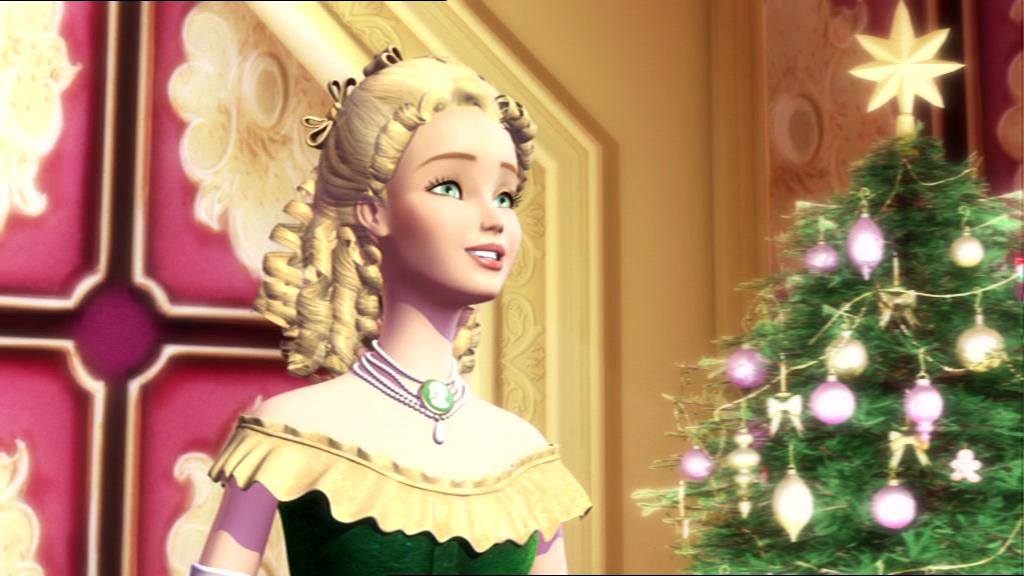
Perspective
Vallor understands perspective as our relationship with the bigger picture, or a scale by which we can measure personal experiences in relation to others. In Barbie in The Christmas Carol, Barbie plays Eden Starling, a talented but self-centered singer who values fame over kindness. On Christmas Eve, she is visited by the spirits of Christmas Past, Present, and Future, which help her realize the importance of generosity and the true spirit of Christmas, leading her to change her ways and spread joy to others. “Ultimately, the best thing we can do is try to see the good around us and make our best efforts to thrive off of that” (ScratStitch, 2017). Eden learns, as the movie progresses, to shift her perspectives by the influence of others and to uplift the greater community she was a part of, in accordance with Vallor’s definition.
Image Source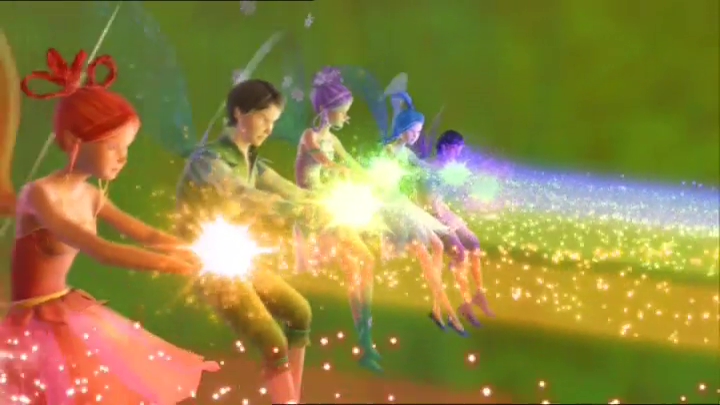
Magnanimity
Vallor defines magnanimity as moral ambition or leadership, and particularly the ability to earn the respect of others to guide and support them. A prime example of magnanimity can be found in Barbie Fairytopia, where Barbie’s character, Elina, embodies moral ambition through her quest to protect her friends and the enchanted land of Fairytopia. Despite beginning the film as the only fairy that could not fly, she earned the trust of her community towards repeated good deeds and eventually led a team of fairies to defeat the ultimate villain. Throughout the film, Elina demonstrates leadership by overcoming obstacles and inspiring others to join her in the fight against evil. This demonstrates Vallor’s concept of magnanimity, by becoming a good leader that guides her followers towards moral righteousness while simultaneously earning their respect and trust.
Image Source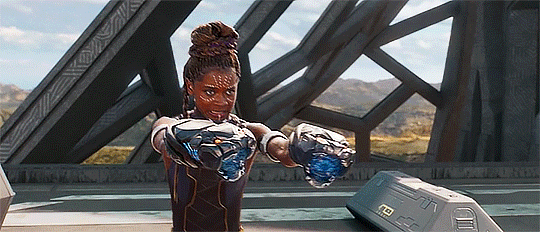
Technomoral Wisdom
In Shannon Vallor’s understanding, technomoral wisdom is defined as integrated moral expertise, an amalgamation of the eleven virtues described above. In the technological space, this refers to navigating complex ethical dilemmas for new technologies. This is evident in Black Panther, particularly through the character of Shuri. As Wakanda’s chief technology officer, Shuri constantly innovates new technological equipment while grounding her work in ethical implications. “Shuri was always involved in innovating new technological equipment and her interest can be judged with the line— ‘Just because something works doesn’t mean it can’t be improved’ (Raj, 2022).” Shuri's commitment to improvement reflects Vallor's account of technomoral wisdom, as she integrates her technical strength with an understanding of their potential impact on Wakanda and the world. Her leadership exemplifies how technomoral wisdom enables individuals to push the boundaries of innovation while remaining conscious of the way in which they can help or hurt our communities.
Image Source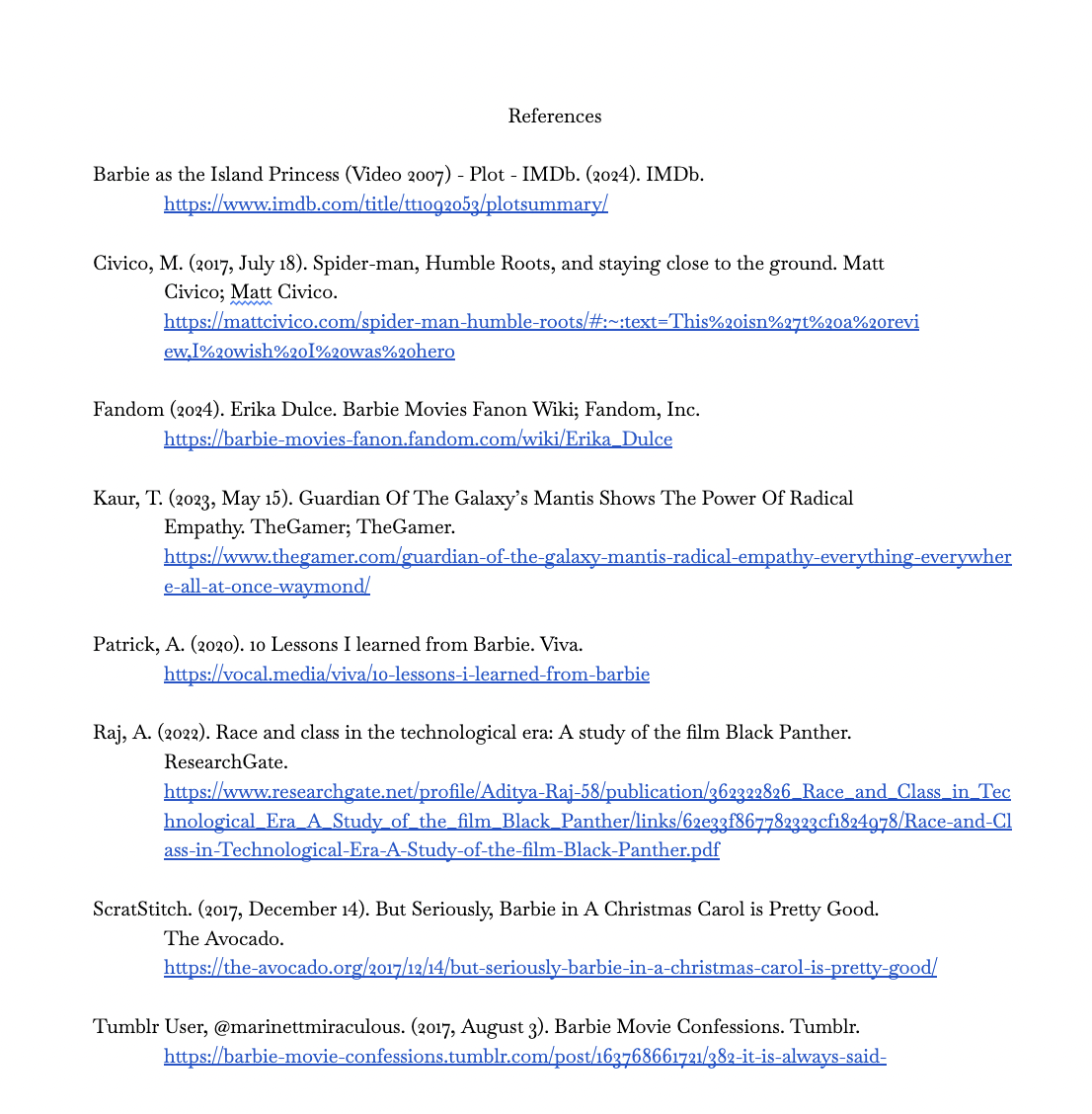
Conclusion
In the current world, these twelve virtues pose as a great tool for understanding how the media that cultivated our current selves can be reexamined from a technomoral standpoint. All of my sources are on children’s movies, and understanding this content years after I had first watched it provided me with a different mindset. While many movies, particularly children’s movies, promote virtues, they also may reinforce stereotypes. Consider the Barbie persona, a conventionally attractive blonde woman who is known for representing traditionally feminine traits such as love, protection, and care. Simultaneously, we see that Barbie has inspired many, including myself, to pursue their dreams and live well with others. It is important to consider the influence that media consumption has on children and the cultivation of virtue in individuals, and that media and the arts are crucial in formulating virtues.